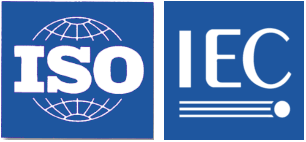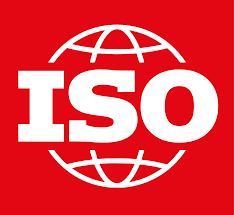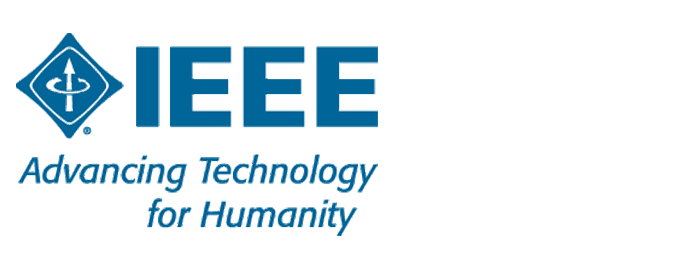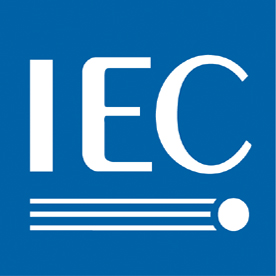This document defines a structured description method, which describes the functionalities of IoT devices, including what functionalities an IoT device can provide, and how to use the functionalities of IoT device. In details, the contents: 1. Define concept of IoT Device Model: what is IoT Device Model, and how it works with underlying IoT communication protocols; 2. Specify structure of IoT Device Model: define the elements of Status, Profile, and Resource; Furthermore, specify the structure of Resource element, to describe the functionalities of IoT devices through Property, Service, and Event; 3. Specify construction method of IoT Device Model: how to build IoT device functionalities based on IoT Device Model; 4. Describe the device interoperability based on the IoT Device Model: IoT Device Model discovery, remote query, remote controlling, subscription and data uploading.
ISO/IEC JTC1-SC41-257 ED1
https://www.iec.ch/ords/f?p=103:38:523507370720228::::FSP_ORG_ID,FSP_APEX_PAGE,FSP_PROJECT_ID:20486,23,108033




